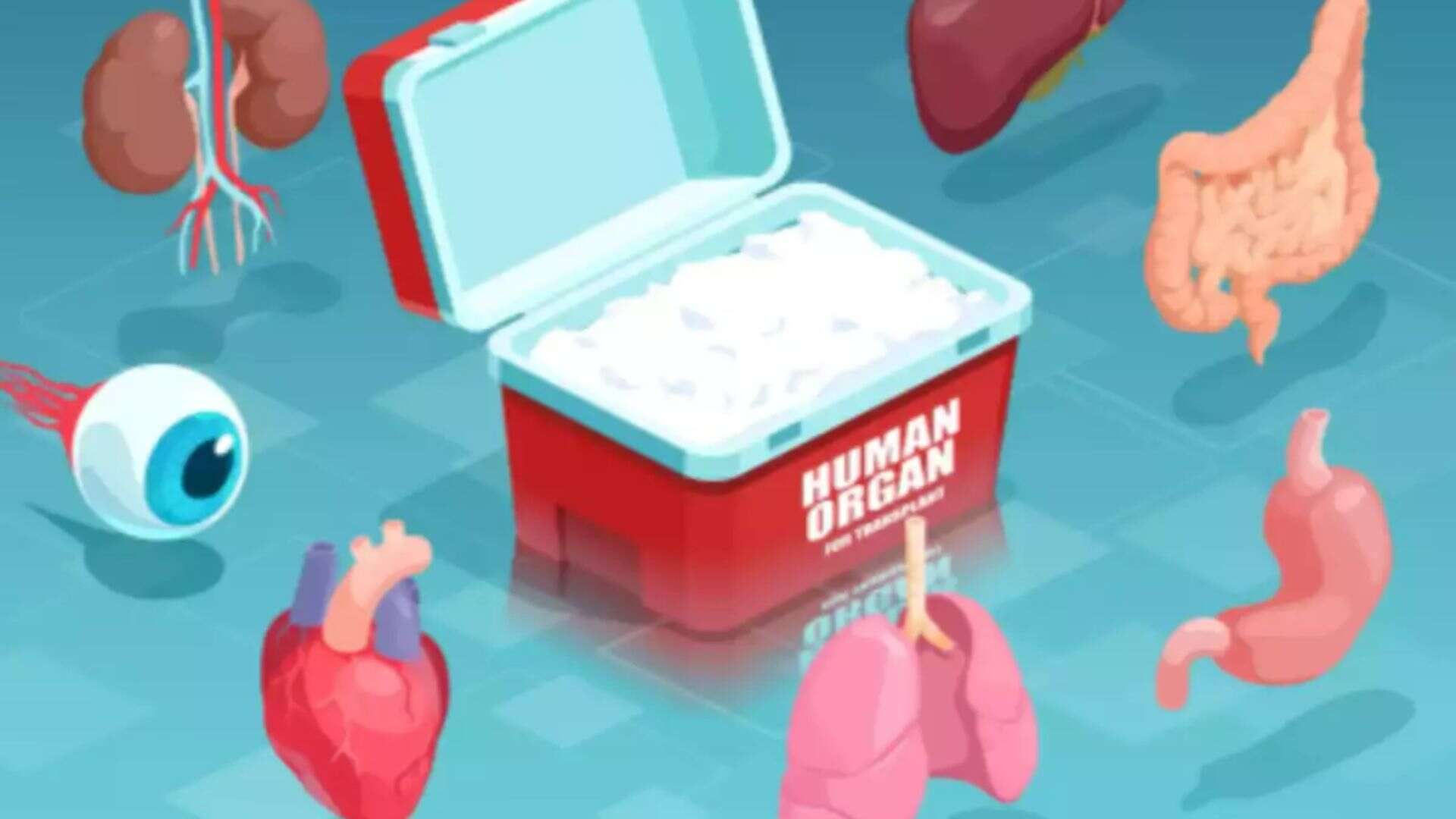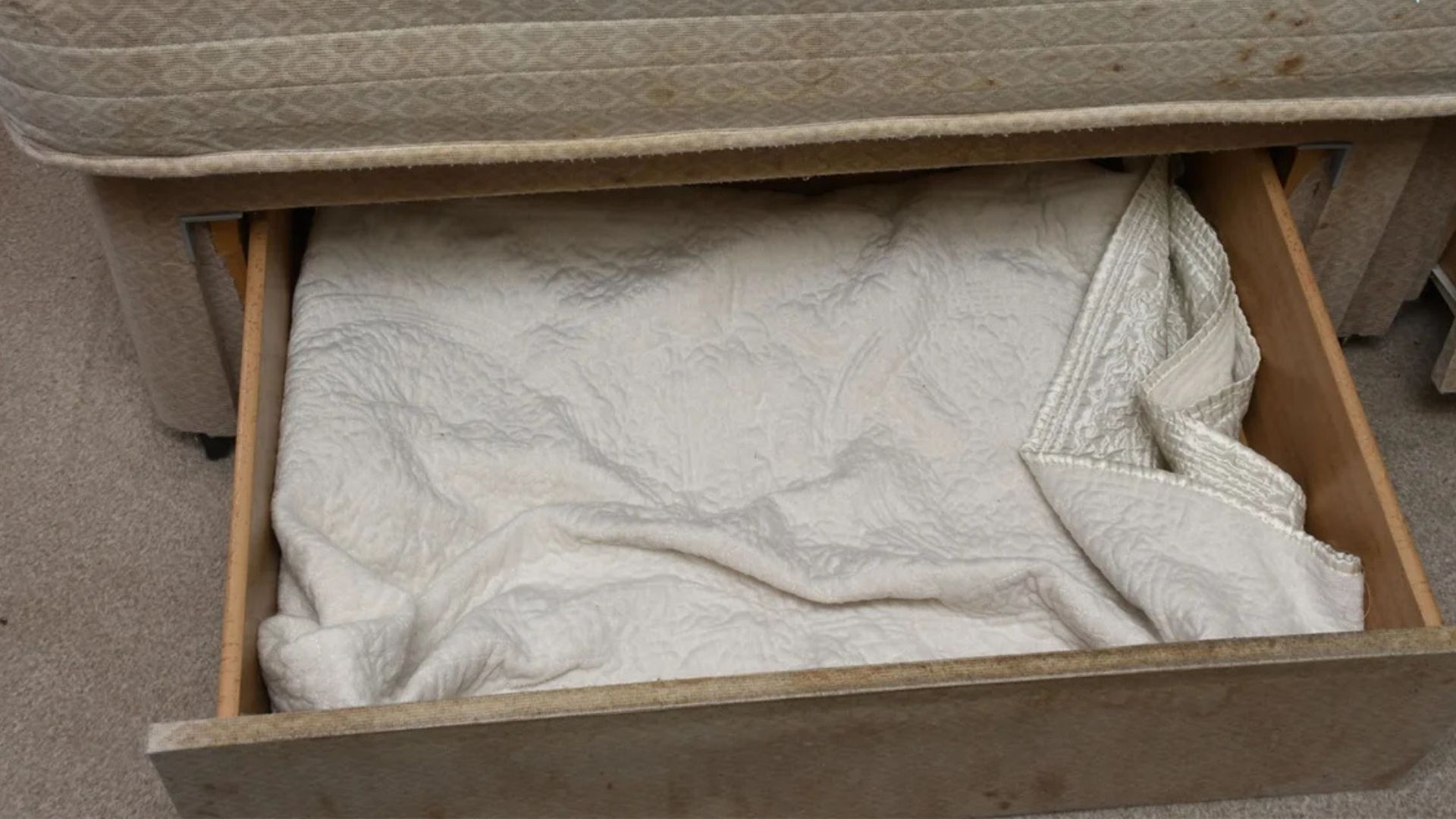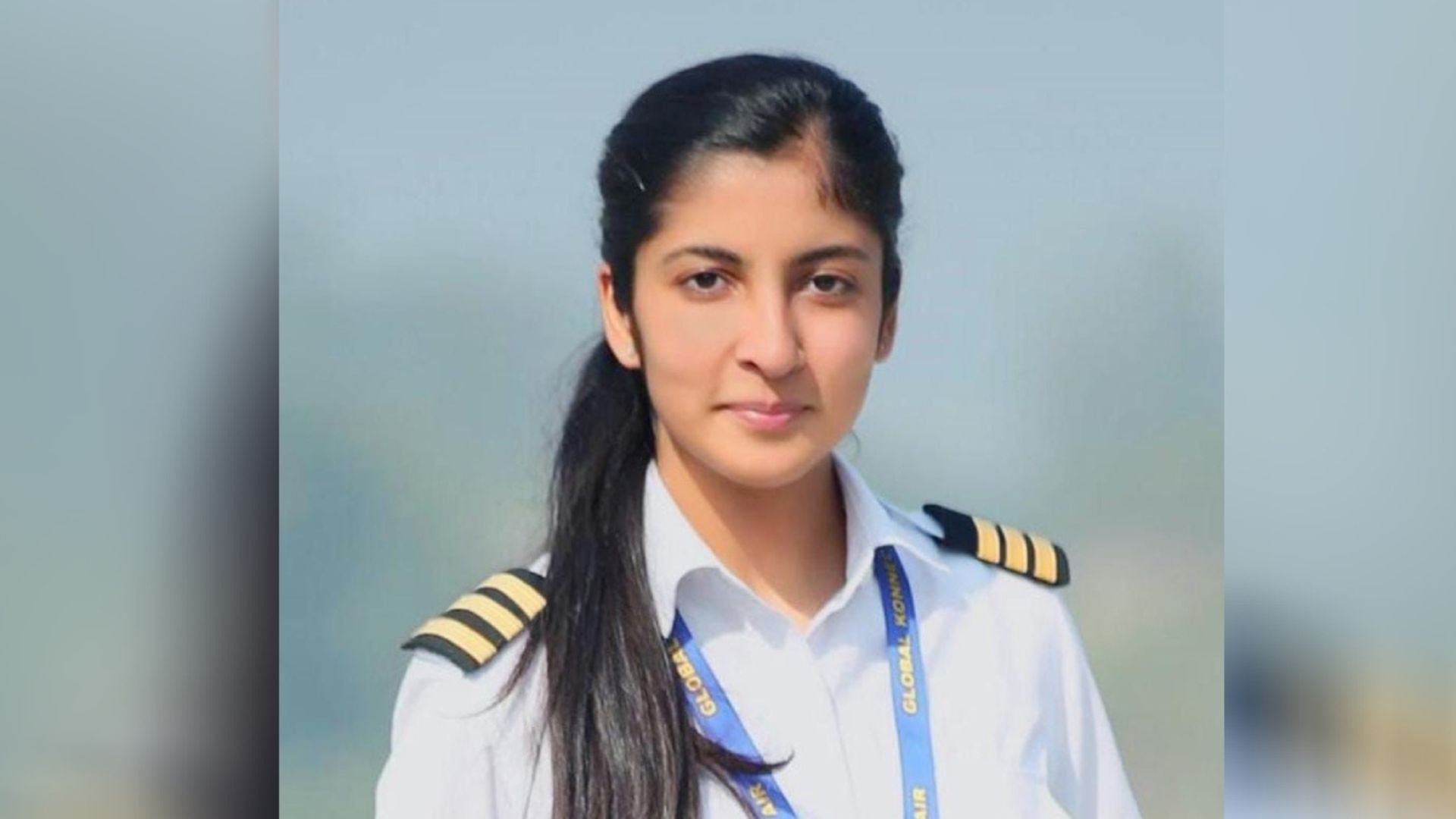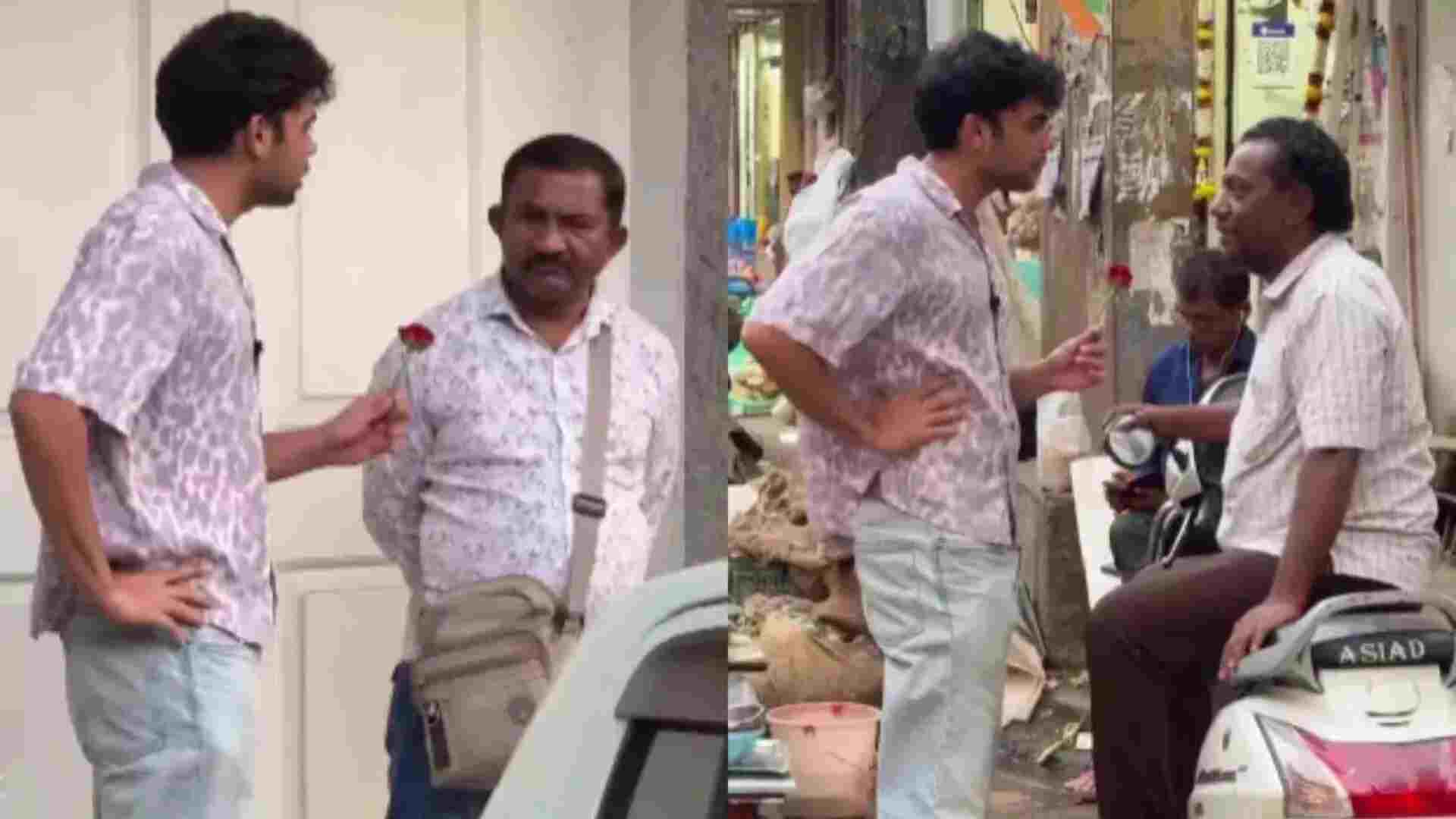For the first time, the Union Health Ministry has introduced guidelines to ensure the seamless transport of human organs across various modes of travel, including air, road, rail, and waterways. The new Standard Operating Procedure (SOP), issued by the central government, is designed to guide those involved in organ transplants nationwide. This procedure is crucial when an organ must be transferred between hospitals located in different cities or facilities.
Union Health Secretary Apurva Chandra emphasized that these guidelines aim to optimize the use of donated organs. “By streamlining the organ transport process, we aim to maximize the utilization of precious organs and offer hope to countless patients awaiting life-saving transplants. These SOPs are a roadmap for organ retrieval and transplant institutions across the country, ensuring adherence to best practices and quality standards,” Chandra stated.
Air Transport
For air transport, the SOP allows airlines to request priority take-off and landing from Air Traffic Control for flights carrying human cadaveric organs. It also permits the arrangement of front-row seats. The originating airport must inform the destination airport in advance to facilitate the arrival process. Additionally, ambulances can access the runway, and trolleys should be used to transfer the organ box from the aircraft to the ambulance. If the ambulance is allowed on the runway, airline crew members can assist the medical personnel.
Airport officials are required to establish an obstruction-free green corridor to streamline the process and address security concerns, as the request will come from a verified source.
Metro Transport
For metro transport, the SOP dictates that Metro Traffic Control should prioritize transit for metros carrying live human organs. Metro security personnel must escort the clinical team with the organ box from the metro station entrance to the boarding area. Additionally, a metro official can escort the clinical team inside the metro, and a specific area should be cordoned off for the organ box. The Security Hold Area (SHA) should be informed about the organ transport to prevent delays in security checks, and metro staff should be notified to ensure proper arrangements are made at the destination.
Road, Rail, and Water Transport
The SOPs also include guidelines for transporting organs by road, train, and shipping. These protocols outline the necessary procedures and standards for each mode of transport. The SOPs were developed in collaboration with the NITI Aayog, relevant ministries, and transplant professionals.















